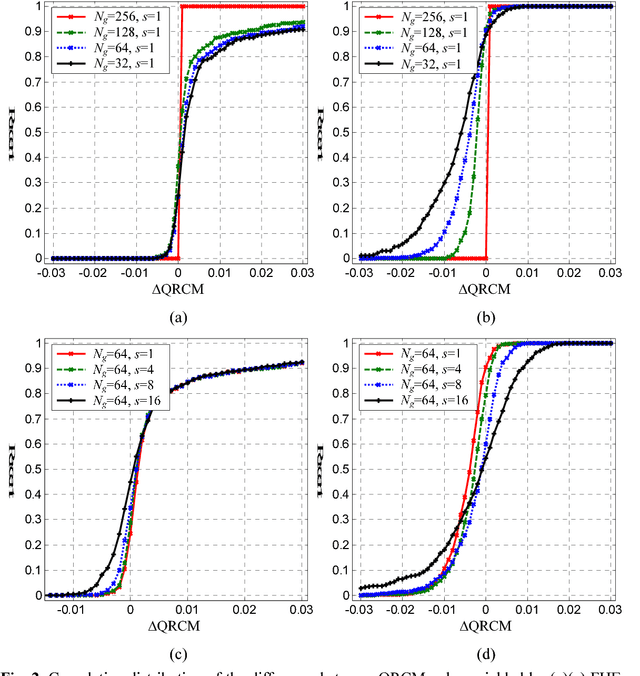Lifang Yu
Exploring Multi-view Pixel Contrast for General and Robust Image Forgery Localization
Jun 19, 2024Abstract:Image forgery localization, which aims to segment tampered regions in an image, is a fundamental yet challenging digital forensic task. While some deep learning-based forensic methods have achieved impressive results, they directly learn pixel-to-label mappings without fully exploiting the relationship between pixels in the feature space. To address such deficiency, we propose a Multi-view Pixel-wise Contrastive algorithm (MPC) for image forgery localization. Specifically, we first pre-train the backbone network with the supervised contrastive loss to model pixel relationships from the perspectives of within-image, cross-scale and cross-modality. That is aimed at increasing intra-class compactness and inter-class separability. Then the localization head is fine-tuned using the cross-entropy loss, resulting in a better pixel localizer. The MPC is trained on three different scale training datasets to make a comprehensive and fair comparison with existing image forgery localization algorithms. Extensive experiments on the small, medium and large scale training datasets show that the proposed MPC achieves higher generalization performance and robustness against post-processing than the state-of-the-arts. Code will be available at https://github.com/multimediaFor/MPC.
Acceleration of Histogram-Based Contrast Enhancement via Selective Downsampling
Nov 20, 2017



Abstract:In this paper, we propose a general framework to accelerate the universal histogram-based image contrast enhancement (CE) algorithms. Both spatial and gray-level selective down- sampling of digital images are adopted to decrease computational cost, while the visual quality of enhanced images is still preserved and without apparent degradation. Mapping function calibration is novelly proposed to reconstruct the pixel mapping on the gray levels missed by downsampling. As two case studies, accelerations of histogram equalization (HE) and the state-of-the-art global CE algorithm, i.e., spatial mutual information and PageRank (SMIRANK), are presented detailedly. Both quantitative and qualitative assessment results have verified the effectiveness of our proposed CE acceleration framework. In typical tests, computational efficiencies of HE and SMIRANK have been speeded up by about 3.9 and 13.5 times, respectively.
 Add to Chrome
Add to Chrome Add to Firefox
Add to Firefox Add to Edge
Add to Edge